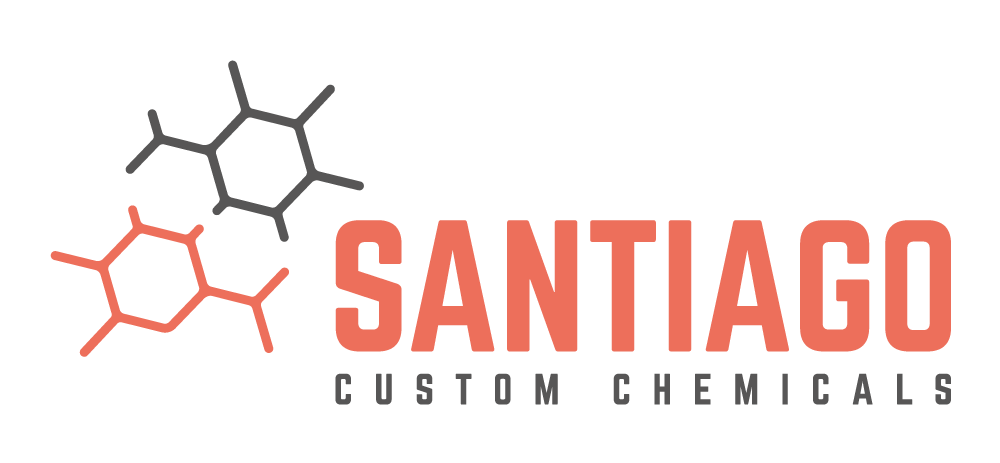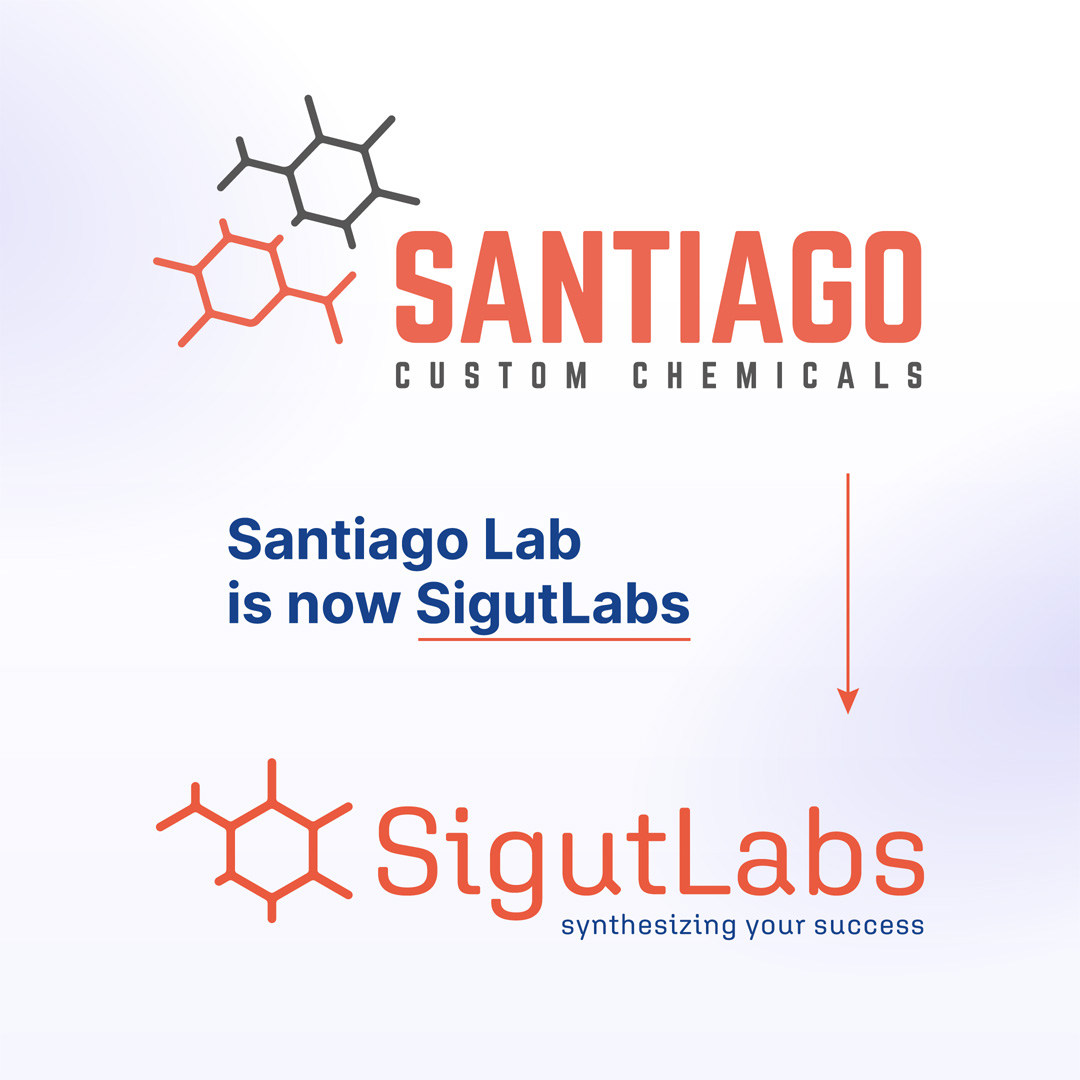- No products in the cart.
Reagent of the month – Amberlyst 15 ® resin
Many synthetic applications use acidic catalysis, but having an extra compound in solution to serve as a catalyst, such as TsOH or CSA (para-toluenesulfonic acid or camphor-10-sulfonic acid), can make purification more difficult. This problem can be solved by using a heterogeneous acid catalyst, and column chromatography can be avoided in many cases. Amberlyst 15 ® is one of the most widely used acidic resins for catalysis.
Production of Amberlyst 15 ® resin
Amberlyst is produced by sulfonylation of a macroporous copolymer of polystyrene and divinylbenzene with oleum.

Application of Amberlyst 15 in synthesis
Many syntheses have been described in the literature, ranging from simple acid-catalyzed protection/deprotection reactions (such as acetal formation/hydrolysis) to multicomponent syntheses of heterocycles and other compounds. Several reactions are discussed below.
Alkylation Reactions
Alkylation of heteroatoms is frequently accomplished using alkyl halides or dimethylsulfate. These reagents are toxic and expensive on an industrial scale. When the reaction is catalyzed by Amberlyst 15 ®, terminal alkanes can be used instead of these alkylating agents. Sulfonyl group first forms a sulfonyl ester with the alkene via electrophilic addition, and then the formed alkylsulfonate acts as an alkylating agent. This reaction is carried out on phenol in the scheme below, producing O-alkylated phenol derivatives that are used as fuel additives. (10.1021/jp0560213)

Formation of acetals and acyloxy acetals
Aldehydes and ketones can be converted to their acetals by reacting them with orthoformate under Amberlyst 15 ® catalysis with excellent yields (https://doi.org/10.1016/S0040-4039(00)74345-0). When a similar reaction is performed with acetic anhydride, Amberlyst 15 ® as a catalyst makes the reaction chemoselective for aldehydes, leaving ketones intact. (https://doi.org/10.1081/SCC-120018771)

Boc deprotection
Even though Boc (tert-butyloxycarbonyl) deprotection is usually easily performed with homogenous acid catalysis such as TFA (trifluoroacetic acid), using heterogeneous acidic resin can simplify the purification even further, and the product can be obtained just by evaporation of the solvent after filtering off the acidic resin (https://doi.org/10.1039/P19880002563).

Heterocycle syntheses
Many heterocycles can be synthesized by acid-catalysed condensations of two or more starting compounds. Amberlyst 15 ® has been reported in many heterocycle syntheses, including xanthenes, benzopyrans, coumarin derivatives, quinolines etc. As one example of the many heterocycle syntheses catalysed by Amberlyst 15 ®, the synthesis of xanthene derivatives which have a wide range of applications as drugs or fluorescent dyes (https://doi.org/10.1016/j.tetlet.2006.10.072).

Industrial scale applications of Amberlyst 15 ®
Amberlyst 15® can be used as a heterogenous catalyst for large-scale production of MTBE (methyl-tert-butyl ether) from methanol and isobutene (https://doi.org/10.1016/0009-2509(90)80014-6), and it is being studied as a catalyst for dehydration of fructose obtained from biomass to 5-hydroxymethylfurfural, which is a useful precursor to fuel additives such as 2,5-dimethylfurane and many other useful chemicals. (https://doi.org/10.1016/bs.acat.2017.09.002)

We have a lot of experience at Santiago lab with various heterogeneous reagents. If you want to learn more about our services, discuss specific research or custom synthesis project, or receive a proposal, please contact Krystof Sigut at krystof.sigut@santiago-lab.com
or reach him on the phone +420 776 750 591.
Drop us a line
We will respond as soon as
possible, typically within 48 hours.


